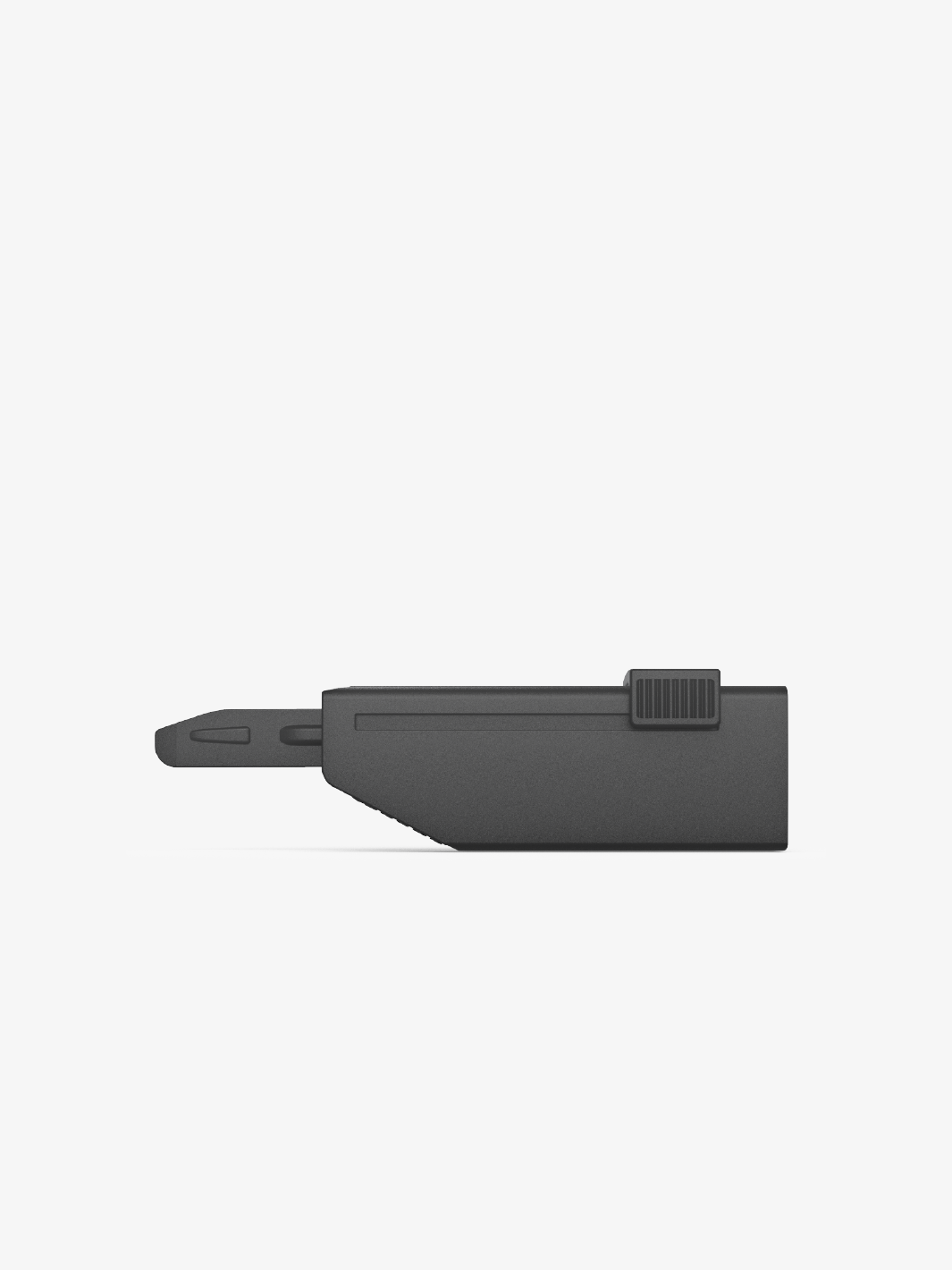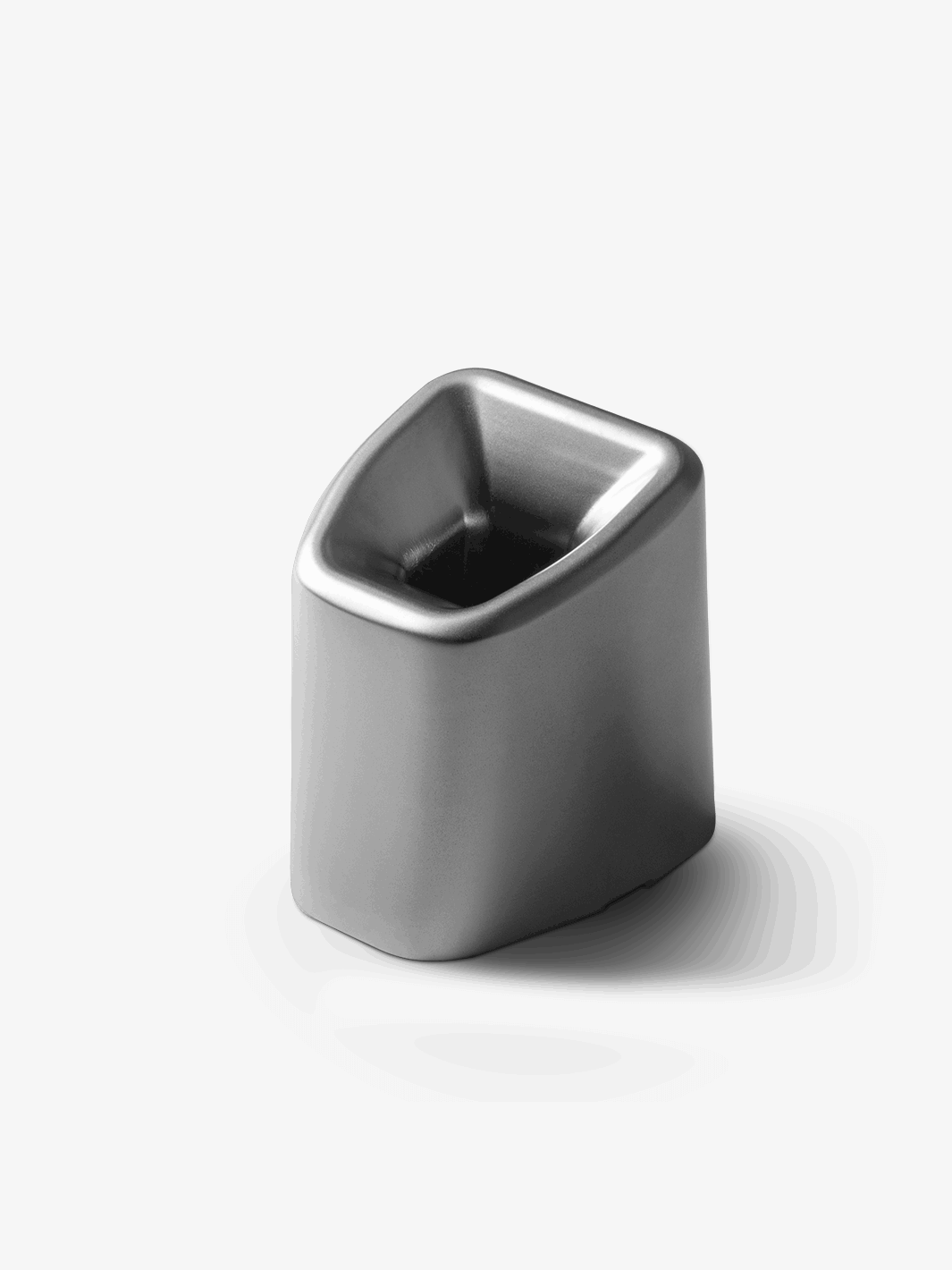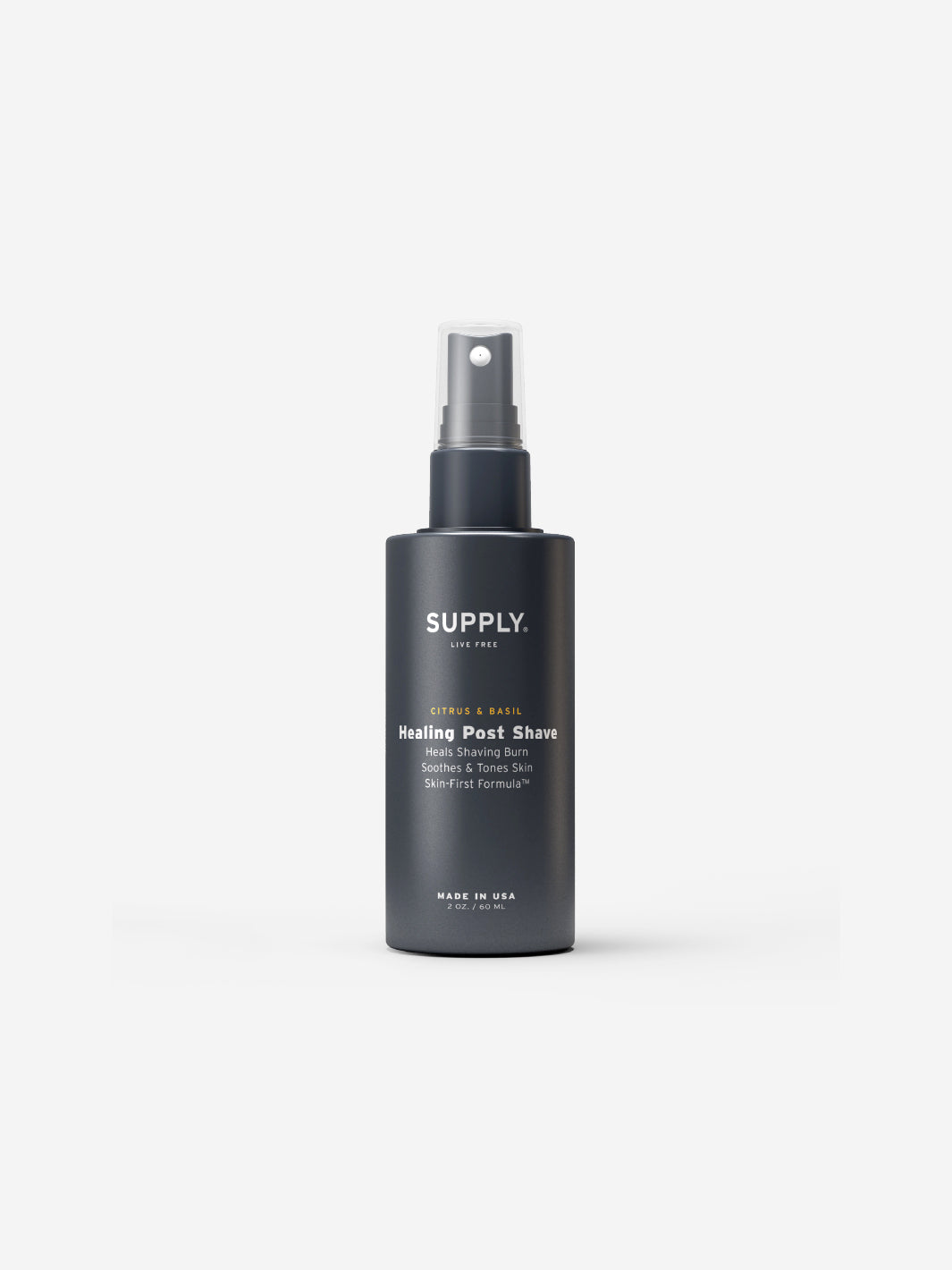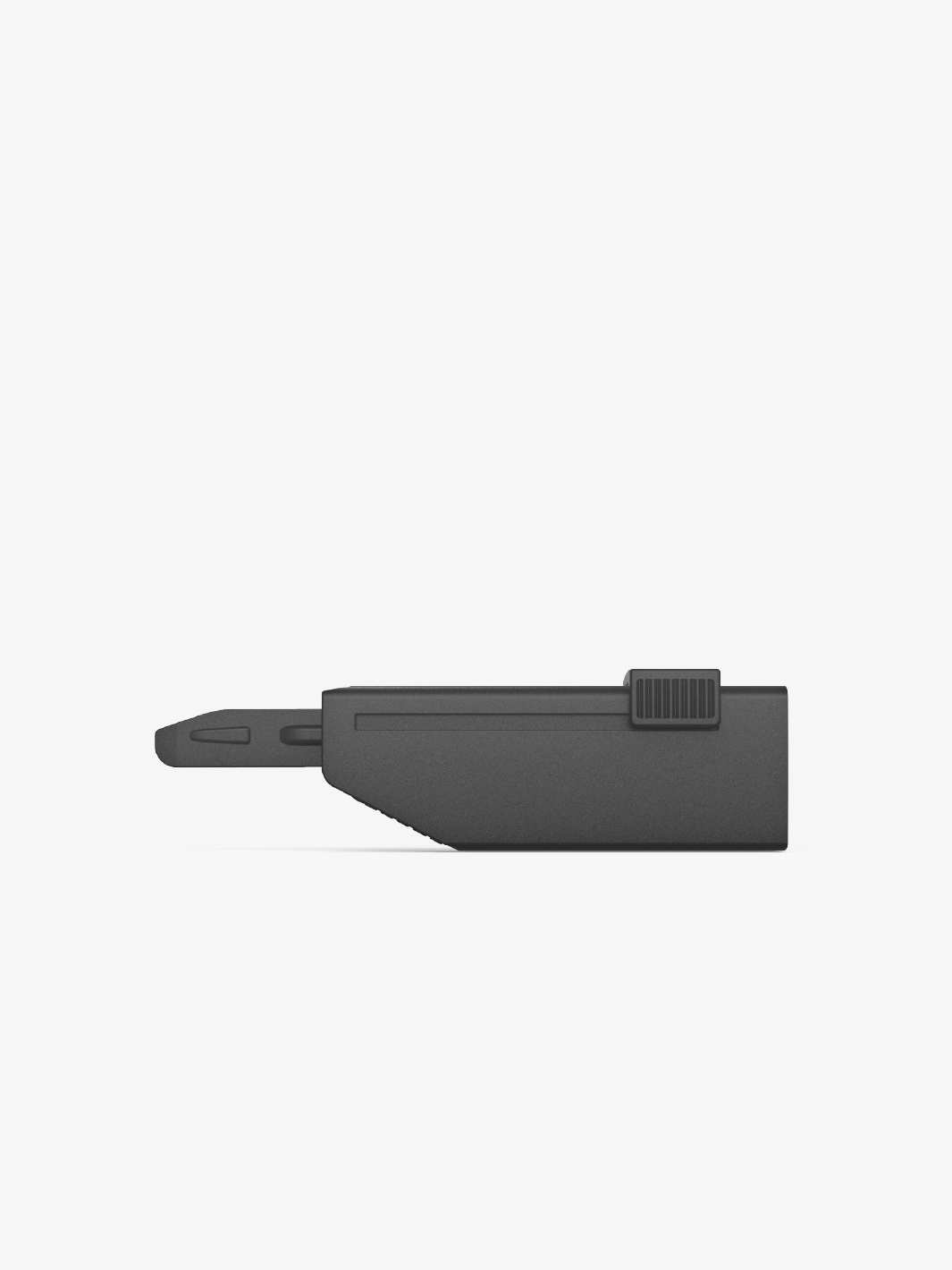My First Kickstarter was a Personal Nightmare - and I’ll Definitely Do It Again
On the surface, my first Kickstarter project was a complete success. We were 100% funded in the first 24 hours, covered by major online publications, and ended up raising almost 400% of our goal in 30 days.
Behind the scenes, though, a completely different story was unfolding. Along the way, our small husband and wife team was riddled misery, depression, and anxiety as we were hit with what seemed like blow after blow in our journey towards full rate production of our product.
By the time we reached the finish line, we had blown through almost two times our original Kickstarter funding, three times our manufacturing schedule, and four times our typical daily caffeine intake. I tell my story in hopes of maybe saving other Kickstarter creators from a similar fate.

Tens of thousands of dollars worth of defective razors that our manufacturer delivered - and refused to replace. We in turn refused to send them to our customers. I keep them in my office as a constant reminder of our quality standards.
All of our misery can be traced back to one single, terrible decision: our choice of manufacturing partner. I have no one to blame but myself for this. Even at the time of making the decision, I didn’t feel comfortable with it. But I allowed my desire to move forward quickly influence my decision making for the worst. I chose the easy, quick path upfront – and I paid for it down the road.
Before I get to that though, let me back up a bit to set the scene.
On August 31st, 2015 I closed my Kickstarter project for the SUPPLY Single Edge Razor with 900 brand new customers and $80,000 in my pocket. I was on top of the world. I had a functioning prototype, a solid design, and a project schedule that was intentionally longer than it needed to be (project managers call that allowing for risk). There were still some missing pieces in the plan, but I felt confident I could put them together. The largest piece missing from my plan was a committed manufacturer.
The dilemma for a first time Kickstarter creator is that you have no credibility or track record to get manufacturing partners to take you seriously. I lost count early on, but I probably spoke with 40-50 different manufacturers before I launched my campaign. Only half of those would give me the time of day, and far less would provide serious bids for manufacturing.
“Uh, Hello – I’m about to launch a Kickstarter campaign for a stainless steel razor and was wondering if you would be interested in making them for me.” You can guess how that conversation went. One manufacturer was at least kind enough to give me a tip: "Don't request bids from a gmail account. Nobody will take you seriously."

A few days after launching our campaign. Dumb and happy.
Adding to the problem, it’s surprisingly difficult for someone with zero consumer manufacturing background (me!) to manufacture a new product – especially if that product is a complex one. I learned very early on that there’s no “Google” for product manufacturers. It takes a lot of grunt work, phone calls, and emails to track down the right partners. And even then, you might not get it right.
Now, fast forward. This all changes when you have 900 preorders and $80,000 in your pocket.
When you run a successful Kickstarter campaign, you quickly become inundated with offers from manufacturers, marketers, and PR professionals who want to be a part of your success. Some of these offers are scams, others are not. But it’s hard to weed through them. Who can you trust? Will someone rip off your design if you send them the blueprints?
I swapped hundreds of emails and phone calls after the campaign ended, trying to find the best fit for us - all while trying to protect our intellectual property. In the end, I made the decision to hire a small company based in our hometown that outsources and oversees manufacturing. Looking back, I should have run from the very first meeting.
I won't go into all the details, but here's a short synopsis of what happened over the next year:
September 2015: Signed a manufacturing agreement for 2,000 razors to be delivered on January 8, 2016 (I promised backers they would receive them in March 2016).
November 2015: Received the first prototype from manufacturer. It is a little delayed, but works amazingly well. I put down the deposit for manufacturing tooling (i.e. upfront costs to get the production line started), and gave the green light for production.

A few of our prototypes, progressing left to right. The manufacturer's prototype that I approved is on the far right.
January 1, 2016: One week until our delivery date, and the first delay is apparent. No sweat. That's why I had margin in my schedule. Manufacturer says "not a big problem" to deliver by the end of the month.
February 1, 2016: It becomes clear to me that there isn't really any project management discipline by my manufacturer. They begin refusing to commit to a deadline, instead vaguely saying deliveries by "end of March." Although I still have hope that I can meet my March delivery deadline to my backers, I announce a potential delay on February 5.
March 1, 2016: It's now certain to me that we will miss the March delivery deadline - although the manufacturer won't admit it. I announce a one month schedule slip to my backers. Things begin to go downhill fast from here. We are now four months into a two month manufacturing schedule, and my manufacturer begins getting hostile with me. He takes to blaming me for all the problems we're having and attacks me for having expectations that are too high.
This is where anxiety and depression begin to set in. This project was more than just a business to me - it was my name on the line. As an engineer, and more importantly as someone who believes that our work says much about us, these months were extremely difficult. The typical rollercoaster ride of an entrepreneur's emotions become very real for me - and I'm at the very bottom.
April 1, 2016: I have almost $45,000 (half of my Kickstarter funds) invested with this manufacturer in tooling, design fees, and deposits - and now I'm officially past my delivery deadline. Yet I still have very little confidence in our manufacturer's ability to execute. My back is against the wall, and my options are very limited, so I do the only thing I can think to do - I dig deeper. I announce to my backers another slip, as well as my decision to commission a new machine shop to make the remaining parts. This won't be cheap, but it will hopefully be fast.
I begin receiving personal attacks from some backers, along the lines of "I've lost confidence in you and the project. I want my money back" and "It's apparent the truth and you rarely collide in reality." (Side note - wait, what?) Thankfully, the overwhelming majority of my backers are still cheering us on. If you were one of them, thank you from the bottom of my heart. I remember every single one of your emails.

Our emergency commissioned parts. What could go wrong?
May 19, 2016: Our first shipment of razors finally arrives on my doorstep! The manufacturing schedule has taken three times longer than promised, but it's all coming to an end - or so I think. As the razors arrive on my doorstep, my manufacturer thinks now is a convenient time to reveal a previously undisclosed flaw with the razors.
(His demands for final payment a few days prior now make sense. He's lied to me many times before, but this is a new low.)
I'm out of money, out of time, and out of options - so I do the only thing I can think to do. I reveal the flaw to our backers, and explain why we are going to ship anyways. The flaw does not affect the safety or shave quality of the razor, only the finicky loading of a blade. I also provide the option to wait for our next manufacturing run to receive shipment (and promise the flaw will be fixed by then). A number of backers take me up on this offer.
June 2016: We spend the entire next month in quality control and packaging (my manufacturer also failed to package any of the razors as agreed). We go through every single razor by hand to find the ones that are least affected by the flaw. It is an extremely difficult and time consuming process. My manufacturer promises to assist with this process, but never follows through. Instead, he stops answering phone calls and is now very difficult to get a hold of.

Amazing friends packing thousands (and thousands) of boxes.
July 1, 2016: We finally declare a successful end to the Kickstarter campaign! We have shipped all the rewards except those that opted to wait for the next batch. Through the quality control process, we have rejected hundreds of razors that we deem unfit for shipping - and more importantly, our customers. Our manufacturer promises to replace them, but I probably don't have to tell you how that turned out.
I walked away from that manufacturer with a lot of lessons learned - and a big hole in my pocket. We lost a ton of money with them, but we dug deep and found the resources (and willpower) to pull ourselves across the finish line. We found that there is a lot of truth to the saying that what doesn't kill you makes you stronger. We were close to the brink of bankruptcy, but we survived and emerged better for it.
If you're familiar with Kickstarter projects, our story may sound pretty familiar to you. Along our journey, we hit many of the standard Kickstarter hurdles – missed delivery deadlines, minor issues with version 1.0 of our product, and a few unhappy backers. But in the end, we delivered our promise to our backers, receiving overwhelmingly positive feedback on our campaign and our products. And we came out stronger on the other end - with a lot of real-world experience to fuel our next campaign.
Which means that yes, we will definitely be doing this thing again. The first one was a nightmare - it truly was. But it was also extremely rewarding to see something you've created come to life. And even more fulfilling to see others enjoy that something as well.
So hang tight. We've got some big plans cooking, and you will be the first to know about them.
Until Next Week,











